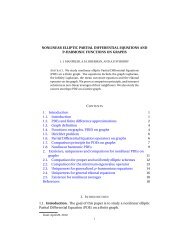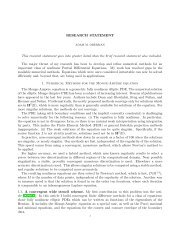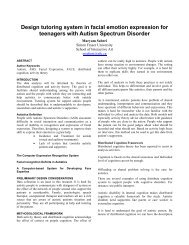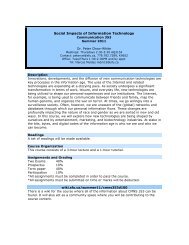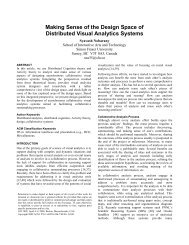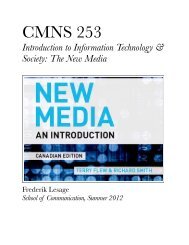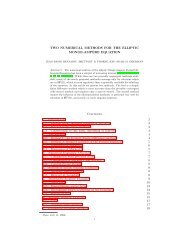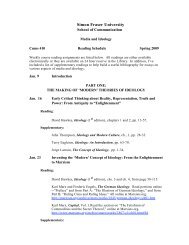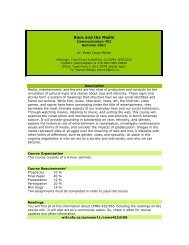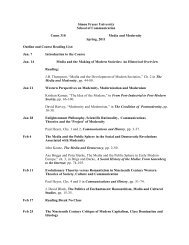CMNS 253 Syllabus - SFU Wiki
CMNS 253 Syllabus - SFU Wiki
CMNS 253 Syllabus - SFU Wiki
You also want an ePaper? Increase the reach of your titles
YUMPU automatically turns print PDFs into web optimized ePapers that Google loves.
talking about, while other students readily admit that multitasking in the classroom means theyspend less attention on the teacher and on the other students. I looked around to see what otherprofessors were doing. Harvard Business School and the University of Chicago Law Schooloutraged students when they banned web access in classrooms. Web surfing during lectures hadgotten out of control, to the point that the faculty felt an intervention was necessary.[3] MichaelBugeja, a journalism professor at Iowa State University, conducted an online survey of severalhundred students and found that a majority had used their cellphones, sent or read e-mail, andgone onto social network sites during class time.[4] The kicker was that a quarter of the surveyrespondents admitted that they completed his survey while attending another class.So maybe it's simply that many students have not yet learned how to exercise their attention.Because of the attentional demands of wirelessly webbed always-on media, they need to learn toturn on the high-beam light of focused attention when necessary and recognize when it is trulybeneficial to task-switch. I decided to conduct some ongoing probes with my students into thedynamics of the literacy of attention. The first thing I do in my class now is ask the students toturn off their cellphones, shut their laptops, and close their eyes. I tell them that I will let themknow when 60 seconds have gone by, and I ask them to just do nothing but notice what happensin their minds, to observe where their attention would go without any external distractions. Ofcourse, anybody who meditates knows that your mind is pretty much out of control. Yourattention can go anywhere: to yesterday, to tomorrow. It will free-associate without any realvolition on your part. I simply want the students to start from the zero state, before the seductivedistractions start building up—and to begin to experience a kind of internal observer that wakesup and notices when the student's attention is wandering. After they open their eyes, I ask them tokeep their laptops closed, and I add that I will upload my notes for that first lecture so theyshouldn't have to worry about taking notes. But because my intention is to probe, not control,and ultimately to instill in students an experience of some reflection about their media practices,I did not outright ban the use of laptops.Another probe that I conduct with my classes involves student teaching teams, who co teachthe class with me. Those three students can keep their laptops open and take notes for everyoneelse in the class, using the course wiki. The rest of the students can fill in the wiki after class.Many students object that they can't learn unless they are able to take notes, and I agree thattaking notes is an important way to learn. But I'm not sure it's the only way. After these firstprobes, I don't put restrictions on whether or not their laptops are open, but I ask them to makenote of where their attention goes during the class session—and I ask the co-teachers to note howit feels when their fellow students aren't looking at them while they are talking.In a third probe, I tell a class of about forty students that five of them can keep their laptopsopen at any one time but that when a sixth laptop opens, they all have to close their laptops forthe rest of the class time. I leave it up to them to figure out how that will work. In both this andthe previous type of probe, I stress to the students from the beginning that the idea is simply todevelop some mindfulness about where they put their attention, about how to pay attention towhat they're doing.



